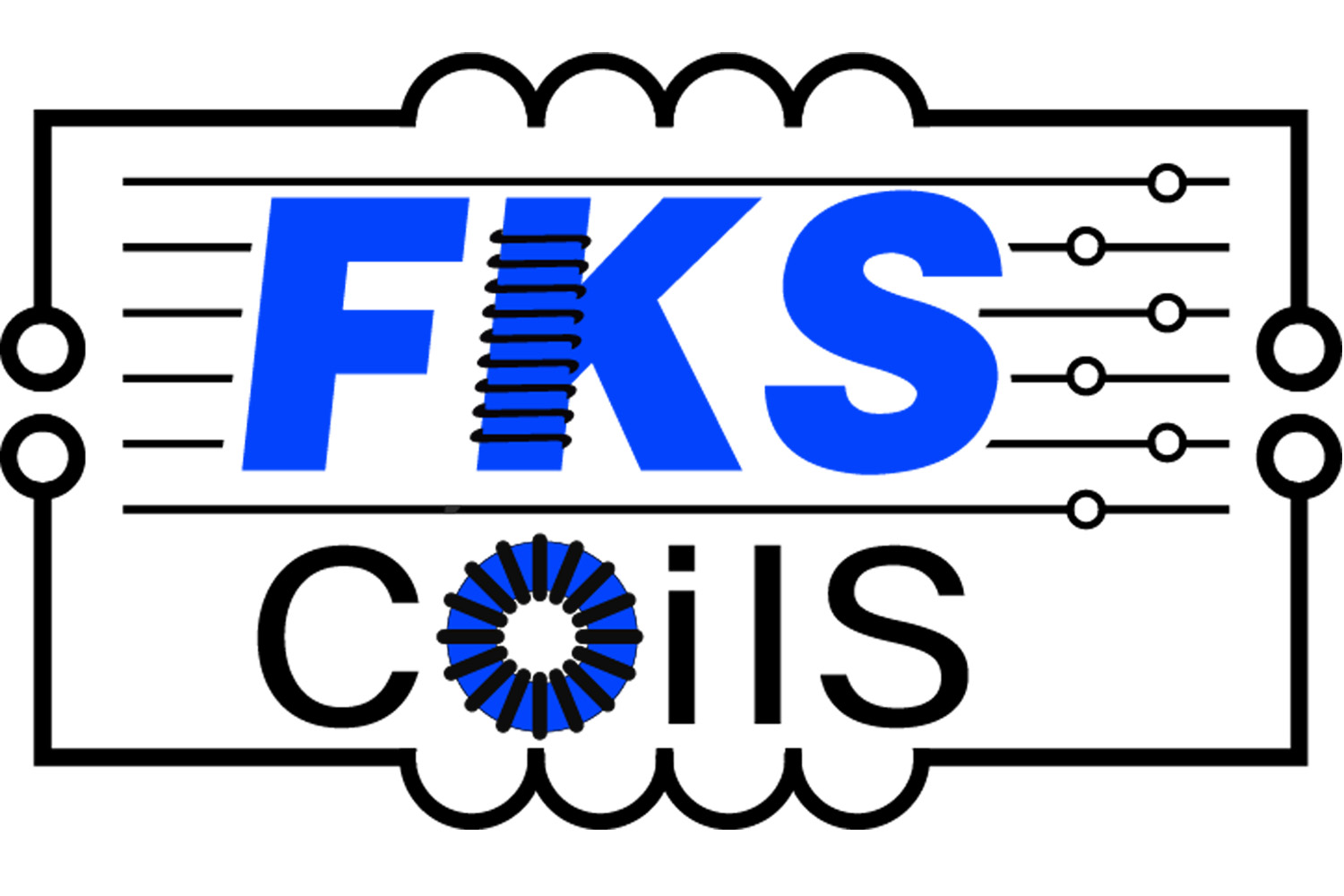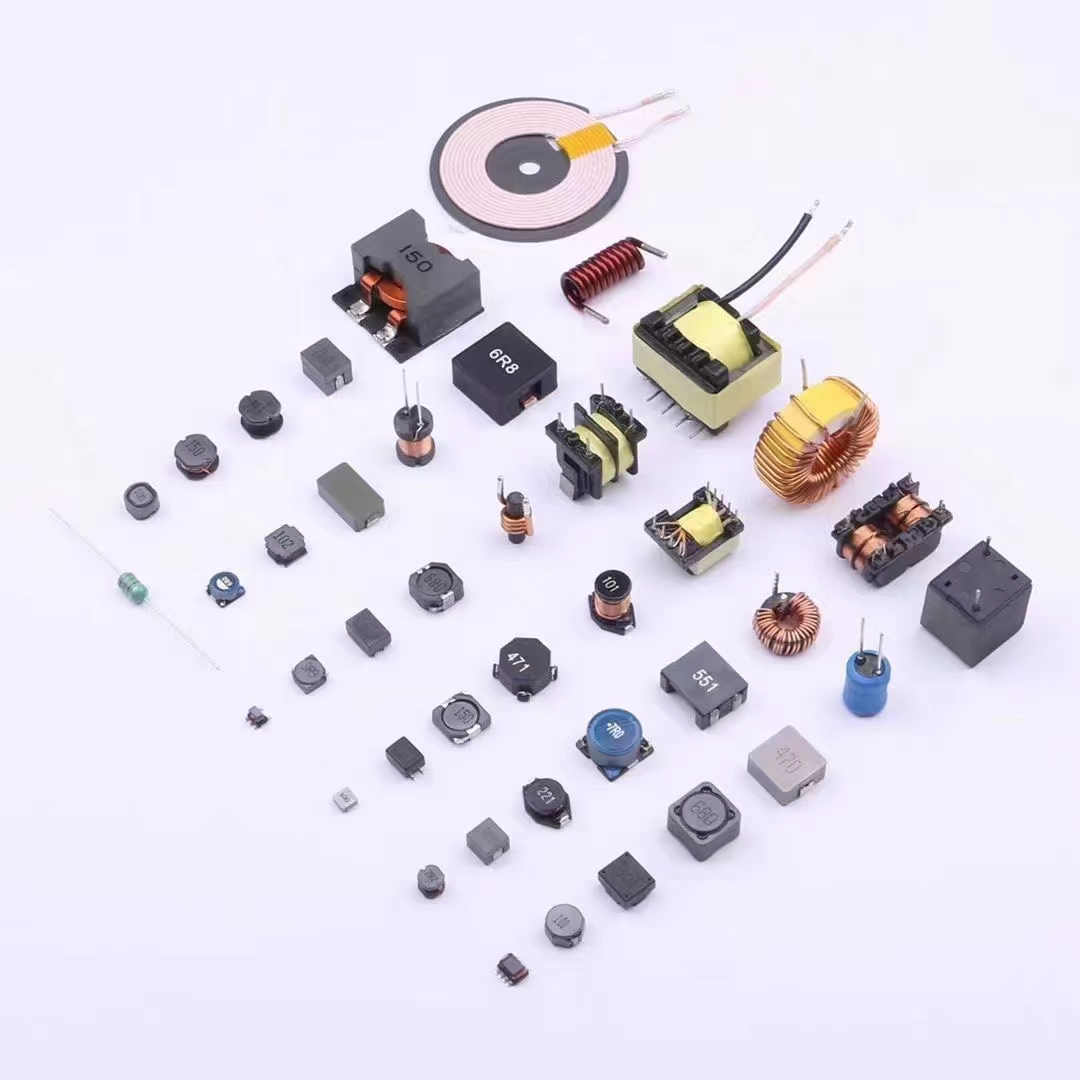 |
Shaanxi FKS Electronic Parts Import & Export Co.,Ltd.Xixian New Area FKS Electronic Technology Co.,Ltd. |
|
||||||
What is the difference between an inductor coil and an inductor?
What is the difference between an inductor coil and an inductor?

Inductance coil
The coil is wound on an insulating tube with wires one by one. The wires are insulated from each other, and the insulating tube can be hollow or contain an iron core or a magnetic powder core.
The inductive coil is a device that uses the principle of electromagnetic induction to work. When a current flows through a wire, a certain electromagnetic field will be generated around the wire, and the wire of this electromagnetic field itself will induce an induction effect on the wire within the range of this electromagnetic field. The effect on the wire itself that generates the electromagnetic field is called "self-inductance", that is, the changing current generated by the wire itself produces a changing magnetic field, and this magnetic field further affects the current in the wire; the effect on other wires in the range of this electromagnetic field. , called "mutual inductance".
The electrical characteristics of the inductor coil are opposite to those of the capacitor, "passing low frequencies and blocking high frequencies". When the high frequency signal passes through the inductive coil, it will encounter a lot of resistance and it is difficult to pass; while the resistance presented by the low frequency signal passing through it is relatively small, that is, the low frequency signal can pass through it more easily. The resistance of the inductive coil to direct current is almost zero.
Resistance, capacitance and inductance, they all present a certain resistance to the flow of electrical signals in the circuit, which we call "impedance". The impedance presented by the inductor coil to the current signal utilizes the self-inductance of the coil. Inductance coil Sometimes we simply call it "inductance" or "coil", which is represented by the letter "L". When winding an inductance coil, the number of turns of the coil is generally referred to as the "number of turns" of the coil.
Inductor
Inductors are components that convert electrical energy into magnetic energy and store it. The structure of an inductor is similar to that of a transformer, but with only one winding. An inductor has a certain inductance, it only resists changes in current flow. If the inductor has no current flowing through it, it will try to block the flow of current through it when the circuit is on; if the inductor has current flowing through it, it will try to maintain the current flow when the circuit is off. Inductors are also called chokes, reactors, and dynamic reactors.
Inductors can be made of coiled cores of conductive materials, typically copper wires, but the cores can also be removed or replaced with ferromagnetic materials. A core material with a higher permeability than air can confine the magnetic field more tightly around the inductive element, thereby increasing the inductance. There are many types of inductors, most of which are made with an outer enamel coil around a ferrite spool, while some guard inductors have the coil completely inside the ferrite. The core of some inductive components can be adjusted. In this way, the inductance can be changed. Small inductors can be etched directly on the PCB, using a method of laying spiral traces. Small value inductors can also be fabricated in integrated circuits using the same process used to fabricate transistors. In these applications, aluminum interconnects are often used as the conductive material. Regardless of the method, the most widely used circuit based on practical constraints is a circuit called a "rotator", which uses a capacitive and active element to exhibit the same characteristics as an inductive element. Inductive components used to isolate high frequencies are often constructed with a wire that passes through a magnetic column or bead.
The difference between inductance coil and inductor
The inductor coil is an important part of the inductor. Because the inductor is generally composed of a skeleton, a winding (coil), a shield, a packaging material, a magnetic core or an iron core.
Inductors are components that convert electrical energy into magnetic energy and store it. The structure of an inductor is similar to that of a transformer, but with only one winding. An inductor has a certain inductance, it only resists changes in current flow. If the inductor has no current flowing through it, it will try to block the flow of current through it when the circuit is on; if the inductor has current flowing through it, it will try to maintain the current flow when the circuit is off. Inductors are also called chokes, reactors, and dynamic reactors.
The inductive coil is a device that uses the principle of electromagnetic induction to work. When a current flows through a wire, a certain electromagnetic field will be generated around the wire, and the wire of this electromagnetic field itself will induce an induction effect on the wire within the range of this electromagnetic field. The effect on the wire itself that generates the electromagnetic field is called "self-inductance", that is, the changing current generated by the wire itself produces a changing magnetic field, and this magnetic field further affects the current in the wire; the effect on other wires in the electromagnetic field range.
【 Go Back 】 | 【 Print 】 | 【 Close this window 】





